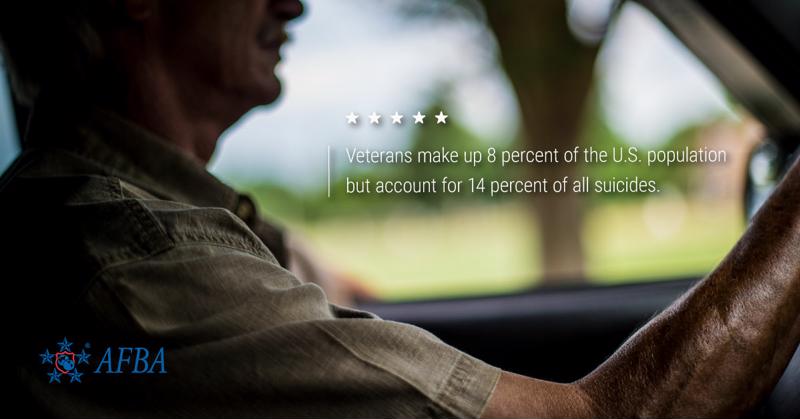September is National Suicide Prevention Month, a time for mental health providers, advocates, survivors and allies to promote suicide prevention awareness. This idea encompasses everything from reducing mental health stigma, promoting treatment and supporting intervention strategies.
Suicide in America
According to the Centers for Disease Control and Prevention, suicide is one of the leading causes of death in the U.S. Rates have increased by more than 30 percent since 1999. In fact, Nevada was the only state to see a decrease in suicides during this time period.
Suicide isn't just a mental health issue. Per the CDC, other contributing factors include relationship issues, substance abuse, stress and more. Yet it's important to understand how depression, anxiety and other emotional or behavioral issues contribute to such tragic circumstances. Rates of suicide may finally decrease if the stigma around mental health care disappears for good.
Events like Suicide Prevention Month – as well as Suicide Prevention Day and Suicide Prevention Week – were created to reduce this stigma and offer support to those who may be suffering.

Veteran suicide statistics
Unfortunately, veterans are more likely to die by suicide than the general population. A report from the Department of Veterans Affairs found that although retired servicemembers make up 8 percent of people in America, they account for 14 percent of all suicides. Overall, nearly 21 veterans die by suicide every day, which translates to a rate that's 2.1 times higher than that of nonveteran adults.
There are numerous possibilities for why veteran suicide rates are higher than civilians'. One study, published in the Journal of the American Medical Association's JAMA Psychiatry, found timing may have an effect. Researchers found that veterans who had little down time between deployment or who were initially deployed within the first year of service were at higher risk of suicide.
Trauma and post-traumatic stress disorder are also culprits that may affect veterans more strongly than the general population. As the VA noted, veterans who suffer combat trauma, especially multiple wounds and/or hospitalizations, are at a high risk of suicide. The more times the person was subjected to trauma, the greater that risk increased. Similarly, one study found that PTSD and suicide had a strong correlation – more so than other anxiety disorders.
Resources for friends and family
The VA understands that suicide is a serious problem affecting veterans and servicemembers, and the department knows it's in a position to help. Veterans who receive mental health assistance through the VA are less likely to commit suicide than those who do not.
In 2007, the VA launched the Veterans Crisis Line to help veterans, servicemembers and their loved ones who may be having mental health issues or suicidal thoughts. The Crisis Line offers 24/7 support, 365 days a year, even if the caller isn't registered with the VA or enrolled in its health care services.
Friends and loved ones should keep an eye out and look for signs of crisis among the veterans in their lives. Vets themselves should also look for these red flags so they can take themselves to treatment. Signs of possible self harm include:
- Continuous sadness or depression.
- Feelings of hopelessness.
- Agitation or mood swings.
- Sleeplessness.
- Excessive guilt, shame or sense of failure.
- Rage.
- Substance abuse.
- Neglecting personal care.
- Withdrawing from friends and family.
- Giving away cherished possessions.
The Crisis Line, in collaboration with the VA and the American Foundation for Suicide Prevention, also created a handy tool called the Veterans Self-Check Quiz to help former servicemembers determine if they need treatment. Users can decide what to do after they take the assessment, whether that would be chatting with a responder, getting a referral for an in-person visit or nothing at all.
While suicide and mental health issues affect veterans at a higher rate than the rest of the population, it's important to remember that help is available. National Suicide Prevention Month is the time for veterans, servicemembers and their families to spread awareness and end stigma once and for all.

